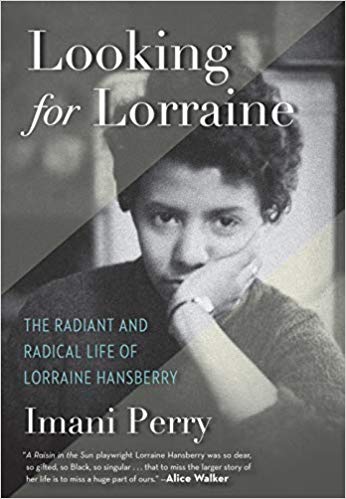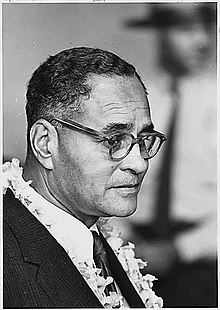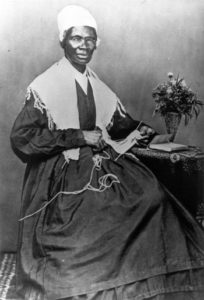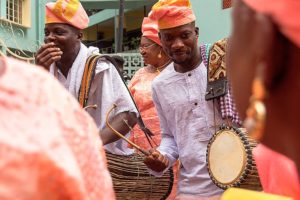Book Review: Looking For Lorraine
 I recently read Imani Perry’s new book, Looking for Lorraine: The Radiant and Radical Life of Lorraine Hansberry. This is the first book in a long time that gives a comprehensive look into the life of the black playwright. It is packed with essays, photos, and letters that have been never seen publicly before.
I recently read Imani Perry’s new book, Looking for Lorraine: The Radiant and Radical Life of Lorraine Hansberry. This is the first book in a long time that gives a comprehensive look into the life of the black playwright. It is packed with essays, photos, and letters that have been never seen publicly before.
Although her life was cut short by cancer at the age of 34, her play, A Raisin in the Sun, has left a lasting impression in black history, and in particular black theater. A lot of her theater work was informed by her social activism, starting with her brief time in Mexico, where she immersed herself in the intersection of the arts and activism. This was followed by her time in Harlem writing for Freedom, a social justice newspaper founded by actor Paul Robeson. During her tenure there, she wrote about the Mau Mau uprising in Kenya, women’s rights, and how racism, classism, and imperialism negatively affect people of color around the world. I think it is also important to note that there were other great women reporters working at Freedom during Hansberry’s tenure, including Vicki Garvin and Alice Childress.
On a separate note, according to this book, Nina Simone, one of Hansberry’s close friends, was a lesbian apparently. It is news to me, but I guess this was common knowledge? The book also delves into Hansberry’s homosexuality based on some of her incognito writings for The Ladder, a 1950s lesbian magazine.
The book also goes into detail about the infamous meeting Hansberry had with Bobby Kennedy in 1963, which I wrote in detail about recently.
I highly recommend the book, as well as the documentary, Lorraine Hansberry: Sighted Eyes/Feeling Heart.


